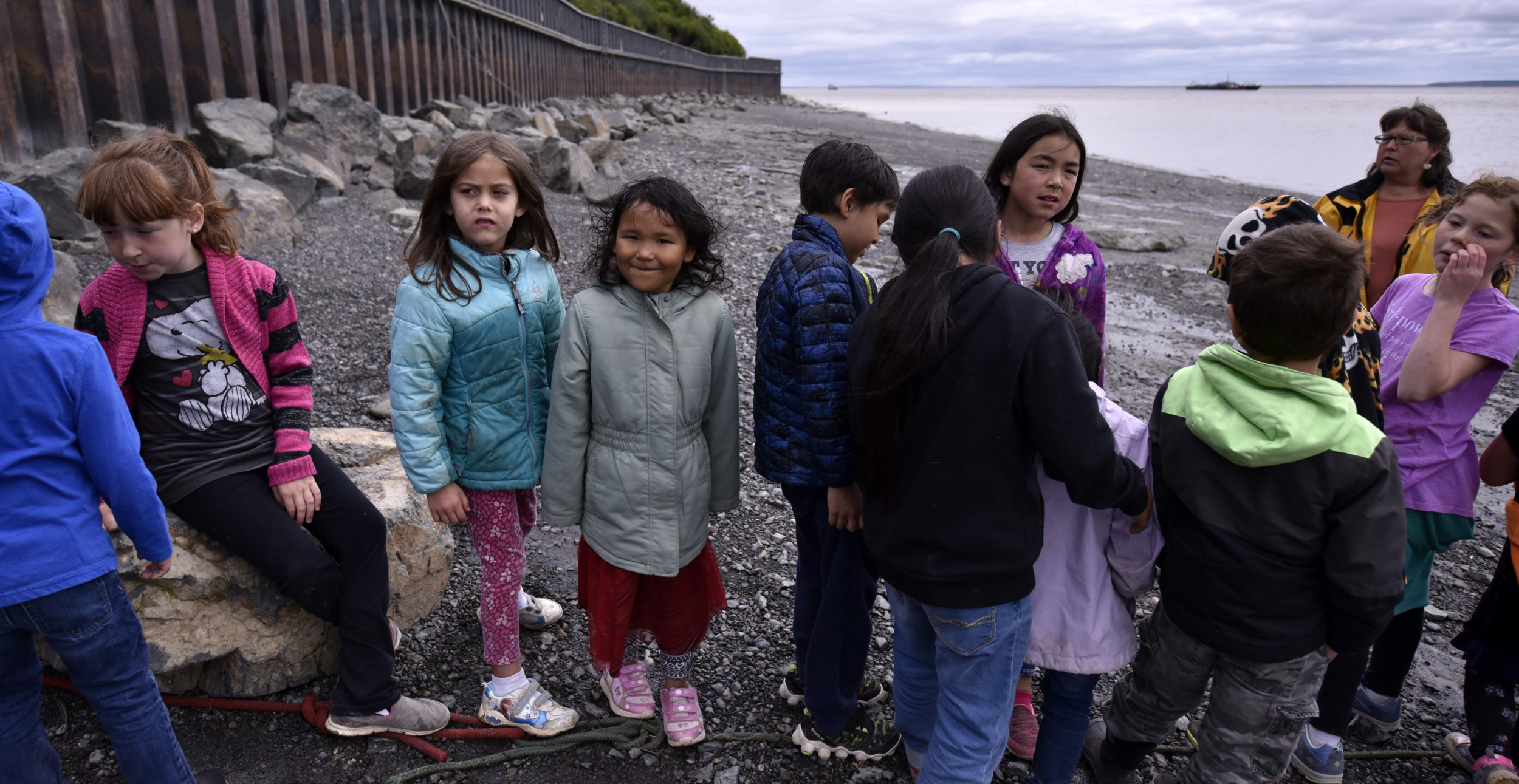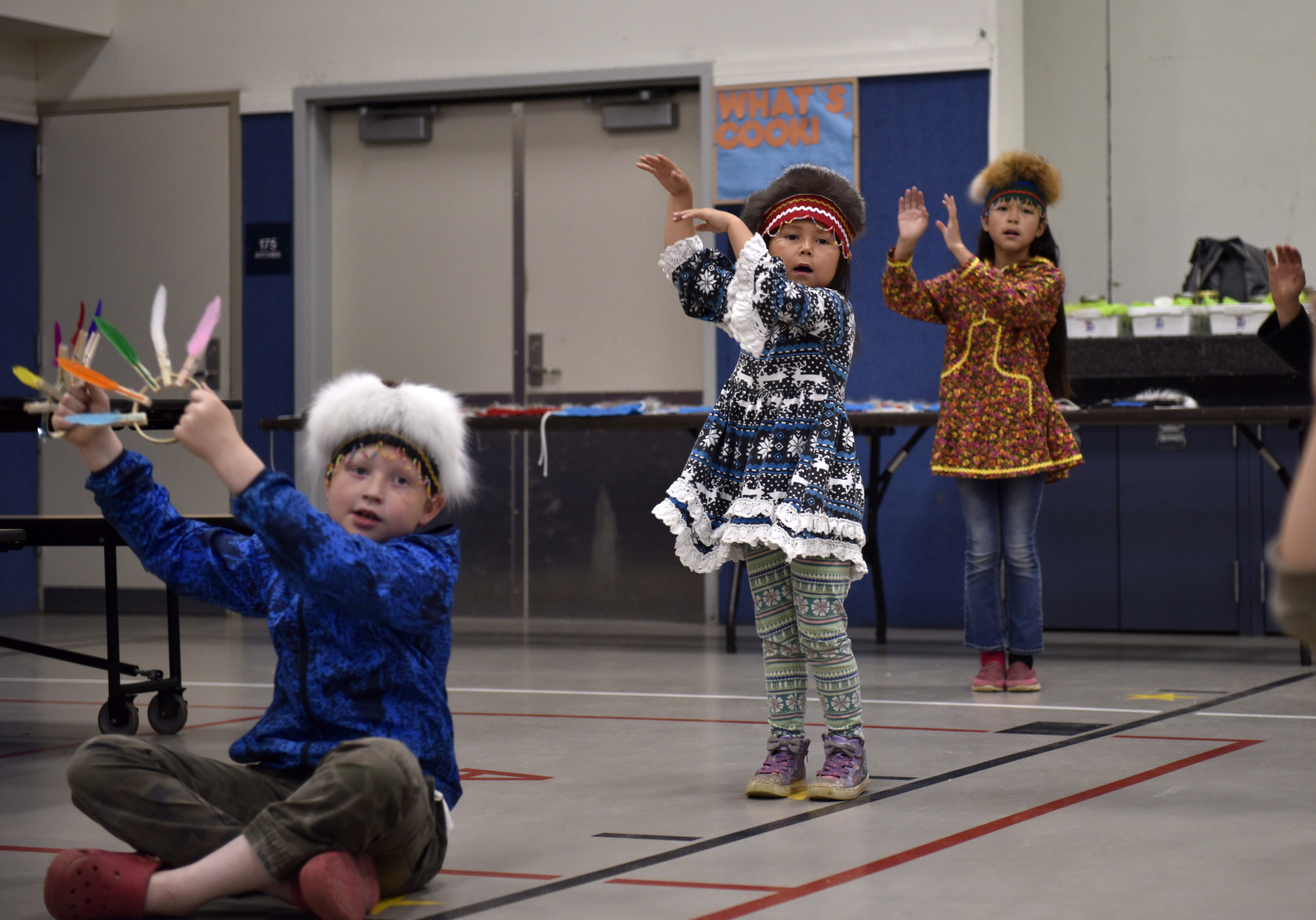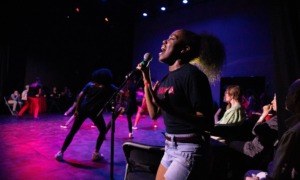Finding an afterschool program in South Dakota isn’t easy.
Outside of the more populated regions — like Sioux Falls or Sioux City — large swathes of rural South Dakota are known as “afterschool deserts,” said Sherry Johnson, tribal education director at Sisseton Wahpeton Oyate and a longtime South Dakota Afterschool Network board member.
The absence of afterschool programming is particularly acute, she added, in public schools where half or more of the students are Native American.
“Some of the schools have really zero opportunities for afterschool learning,” Johnson said.
Native American families nationwide have a need for afterschool programs that outpaces current community resources, according to a recent Afterschool Alliance report.
An author of the report, Nikki Yamashiro, vice president of research at Afterschool Alliance, said the report revealed a “huge unmet demand” for afterschool programs among Native American families.
Of the Native American families surveyed in 2020, 45% of those whose children were not in an afterschool program said they would have enrolled them if a program had been available, according to the report. Of the afterschool programs that do exist, the report found that four out of 10 lacked cultural programming.
“These kids are missing out on participating in programs and all the opportunities that programs afford,” Yamashiro said. “There needs to be more done in terms of helping families overcome the barriers.”
While the percentage of Native American children in afterschool programs is constant with the average nationwide, the report noted, it’s lower than other communities of color.
Johnson said that “poverty is a huge factor” in South Dakota, where high unemployment rates and lack of accessible and affordable transportation make it that much harder for parents to afford program fees and access what programs are available.

Courtesy of Bristol Bay 4-H
Students participate in an afterschool education program in this undated photo.
Oglala Lakota County, within the Pine Ridge Reservation, is consistently ranked one of the poorest counties in the country. The South Dakota Afterschool Network’s map lists just one afterschool program in the county for a population of over 3,000 kids ages 5 to 14.
Getting funding is one of the biggest hurdles to running a program, Johnson said, and for programs that lack experience navigating the complicated process it comes down to whether they “are good enough to write 21st-Century grants.” As the main source of ongoing funding for afterschool programs, the federal grants are “very competitive in the state of South Dakota,” she added.
Afterschool advocates recommend afterschool and summer learning programs continue to build relationships with school districts to access the billions of dollars in funding still available through the American Rescue Plan, which has “enormous potential” to expand afterschool programming, Yamashiro said. Only about one in five programs nationally have tapped into that funding so far.
One example of an afterschool program that offers no-cost culturally relevant programs for Native American families is the Cheyenne River Youth Project in Eagle Butte, South Dakota, on the Cheyenne River Sioux Reservation.
The organization, which was founded in 1988, has a 4,000-square-foot youth center for ages 4 to 12 and a 25,000-square-foot teen center that includes a gymnasium, computer lab and library. One of its more popular programs offers internships for teenagers, who can earn up to $10 an hour to learn cooking, creative writing, gardening and public speaking.
Jerica Widow, program director, said the goal of the internships, which serve around 50 teens at a time, is to instill job training, life skills and Lakota values.
“We now have youth in the community who are able to sustain themselves and their families,” Widow said. “They are able to go off into the world and do whatever they want, whether that’s college or technical school or military or just living off reservation.”
Tahlequah Public Schools in Oklahoma has received several 21st Century Community Learning grants to expand afterschool programming to include Native American culturally specific activities, according to Sophie Kidd, a project associate with the Afterschool Alliance.
The program also offers an archery club and has weekly meetups to study Native American history and culture and craft making.
“They do things like basket weaving, cornhusk doll making, and local Native authors will come in and read to them, and they also have a lot of really cool physical activities,” Kidd said.
Students also can learn to make recipes with products that are available through the Commodity Supplemental Food Program, a food assistance program run by the USDA.
And in Humboldt County in Northern California, Virgil Moorehead Jr., executive director of Two Feathers Native American Family Services, said the organization has grown exponentially in recent years to serve upwards of 250 kids a month in largely school-based out-of-school time programs, providing sporting activities, beading groups and drum making.
Even so, Moorehead said they confront several barriers preventing families from accessing afterschool programs, namely transportation. In areas where Native American families are spread out over dozens if not a hundred miles, it can take up to an hour and a half to get to a school and families largely depend on school buses to get them there.
“If there’s not a school bus that is leaving after the afterschool program, then they’re not going to that afterschool program,” Moorehead said.
Another challenge: hiring enough staff to run programs, even when some jobs pay up to $21 an hour, they often don’t include benefits and are at odd hours after school.
“The workforce is a real barrier,” he said. “It’s really hard to find folks to work after school from 4 to 7 p.m.”
***
Brian Rinker is a San Francisco-based journalist who covers public health, child welfare, digital health, startups and venture capital.






























